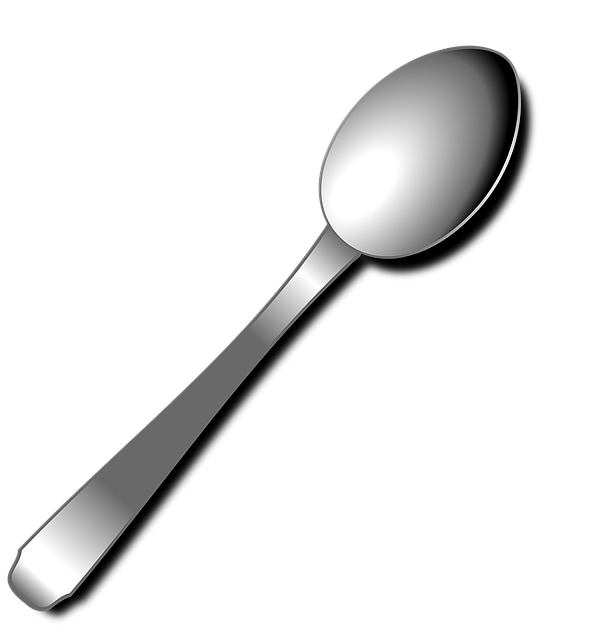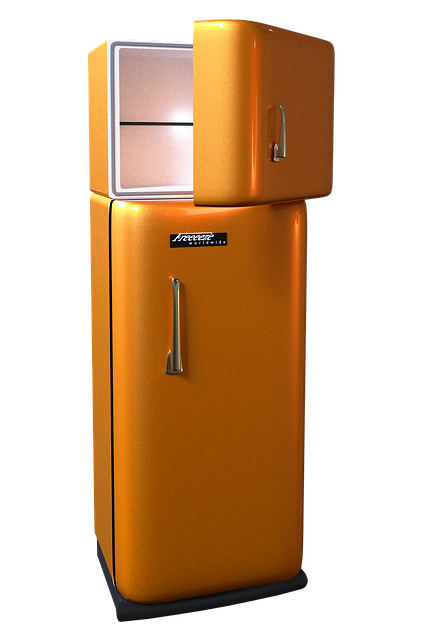A cup of hot coffee kept on the table after pouring it. We discover after a while that the coffee has reached room temperature. Have we ever surprised, that why this occurs? The idea of thermal equilibrium seems to be come here.
Thermal equilibrium describes how heat energy transfers between objects until they achieve the same temperature.
If macroscopic variables such as pressure, temperature, volume, mass and composition, which characteristic a system, do not change with time, the system is said to be in thermodynamic equilibrium.
Two systems are said to be in thermal equilibrium if there is no net flow of heat between them when they are brought into thermal contact.
What is Thermal Equilibrium?
Thermal Equilibrium
When two or more things in touch with one another stop transferring heat to one another, this is known as thermal equilibrium. This indicates that there is no net heat transfer and that they have both attained the same temperature.
For example:
• A hot metal spoon cools while the water warms up when it is submerged in a cup of cold water. Heat exchange ends when they both eventually reach the same temperature. They are currently in thermal equilibrium.
This idea is significant because it clarifies the relationship between heat and temperature in our daily lives.

The Science Behind It
Thermal equilibrium is based on the zeroth law of thermodynamics, which states:
“If two bodies are separately in thermal equilibrium with a third body, then they are also in thermal equilibrium with each other.”
This means:
If object A is in thermal equilibrium with object C.
And object B is also in thermal equilibrium with object C.
Then objects A and B will also be in thermal equilibrium with each other.
This law helps define the concept of temperature, which is a measure of the average kinetic energy of molecules in a substance.
How Does Heat Transfer Work?
The energy that moves from a hotter object to a cooler one is called heat. When the temperatures of the two items are equal, the flow ceases. There are three ways that heat is transferred:
Conduction: When two items come into direct contact, such as when a spoon is heated in hot tea.
Convection: The flow of gases or liquids, such as heated air rising from a heater.

Heat transfer without a medium is known as radiation; for example, heat from the Sun reaches Earth through this process.
Thermal equilibrium is reached when heat transmission persists until the temperatures are equal.

Examples of Thermal Equilibrium in Daily Life
A Cup of Tea: If left out, a hot cup of tea will cool to room temperature.
Human Body and Environment: By exchanging heat with the surroundings, our body keeps its temperature steady.
Refrigerator Cooling: After being placed in a refrigerator, a bottle of water soon reaches the temperature of the refrigerator.
Food Preparation: A hot frying pan set on the counter will soon reach room temperature.

Why is Thermal Equilibrium Important?
It is vital in engineering, where heat transfer needs to be regulated (e.g., automobile engines, freezers, air conditioners), and it aids in the construction of thermometers that operate on the principle of thermal equilibrium.